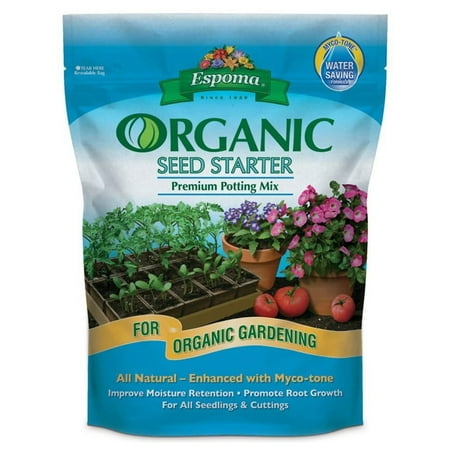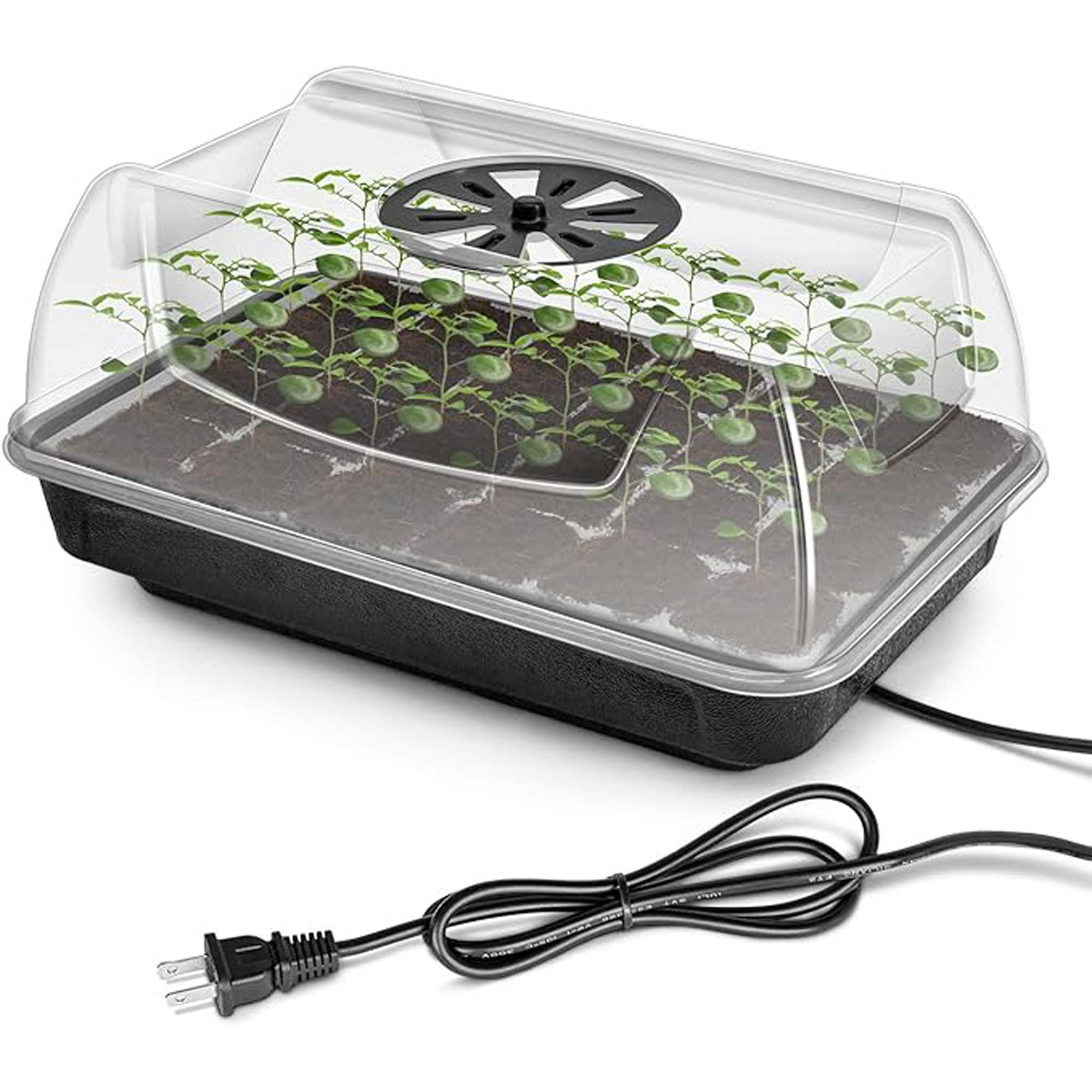I grew rhubarb from seed for years – here’s exactly how to do it for guaranteed germination and healthy crops of fruit
Growing rhubarb from seed is a cost-effective way to propagate plants, but it requires care and patience
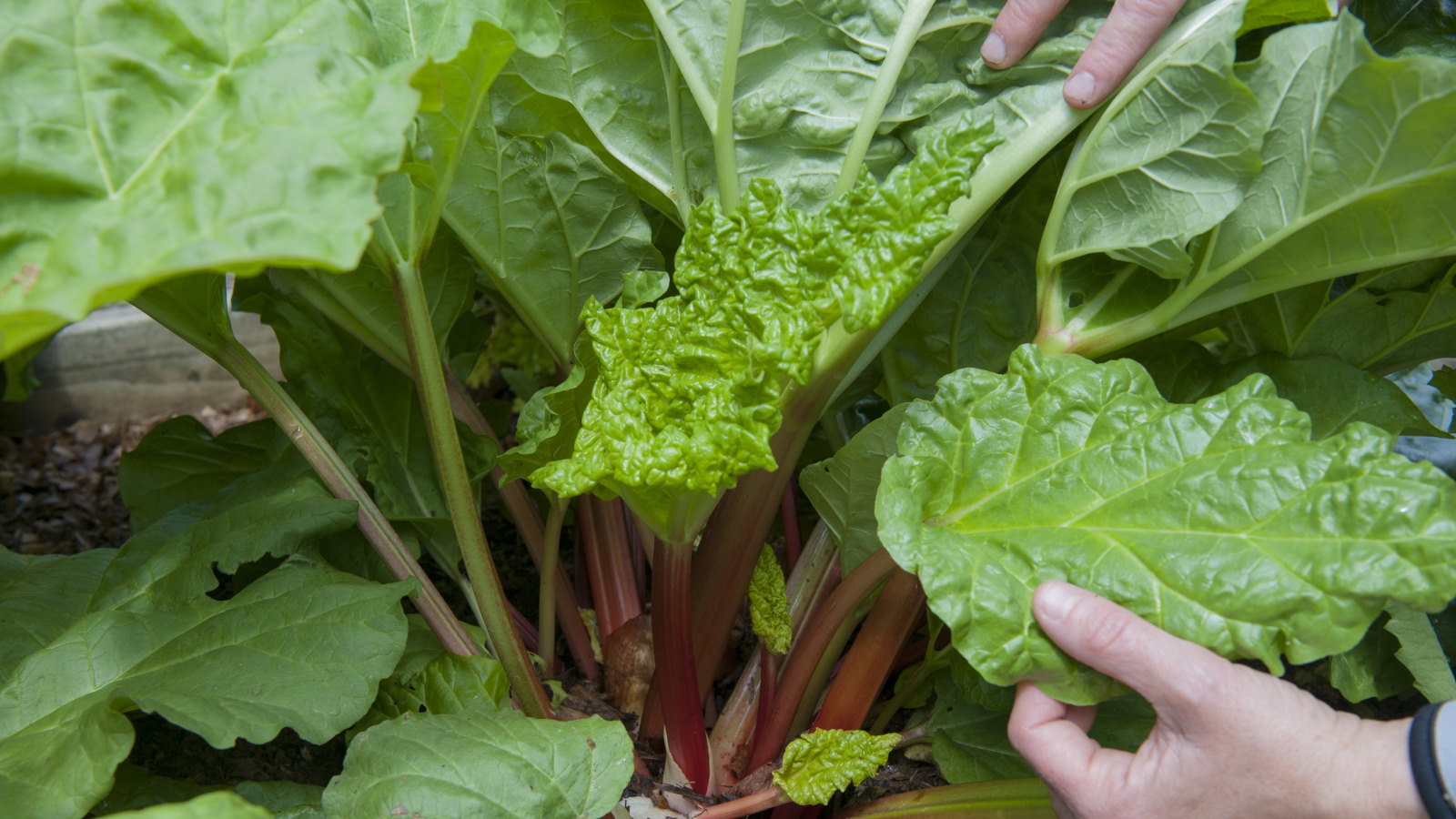
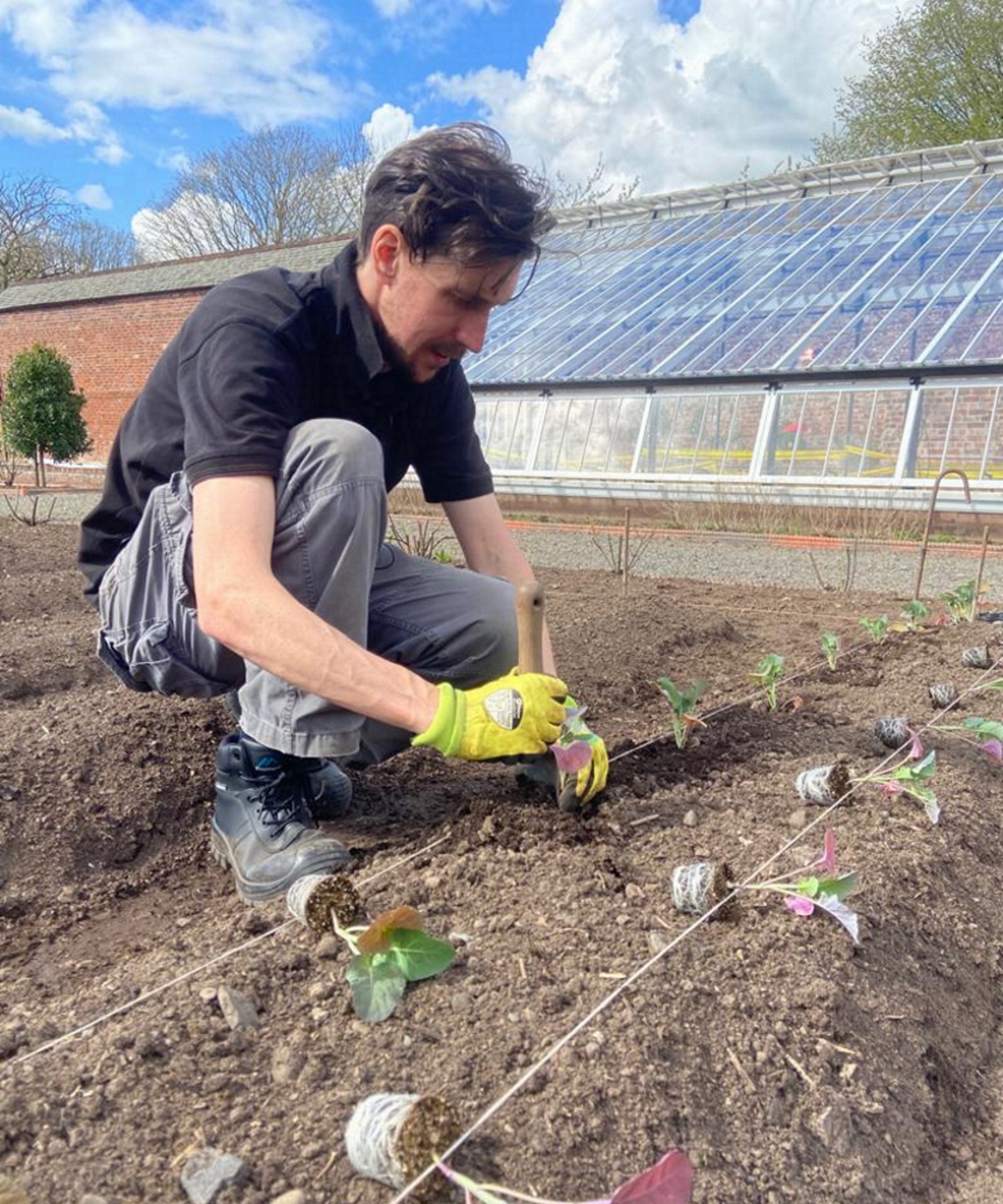
Rhubarb is a low-maintenance and reliable perennial plant ideal for any productive garden, as you can harvest stems for crumbles, pies, jams, cakes, and more, for many years. There are different ways to start the plant off, which include the option to grow rhubarb from seed.
Propagating from seed is not the most common method to grow rhubarb, nor is it the fastest way to get stems to pick, but it is a cheap and effective way to get crowns. I grew rhubarb plants from seed every year when working in a historic vegetable garden to have a succession of healthy, productive crowns.
Using that experience, this guide looks at how to grow rhubarb from seed both indoors and outdoors to help you get strong germination and ensure your rhubarb plants have a healthy start to life.
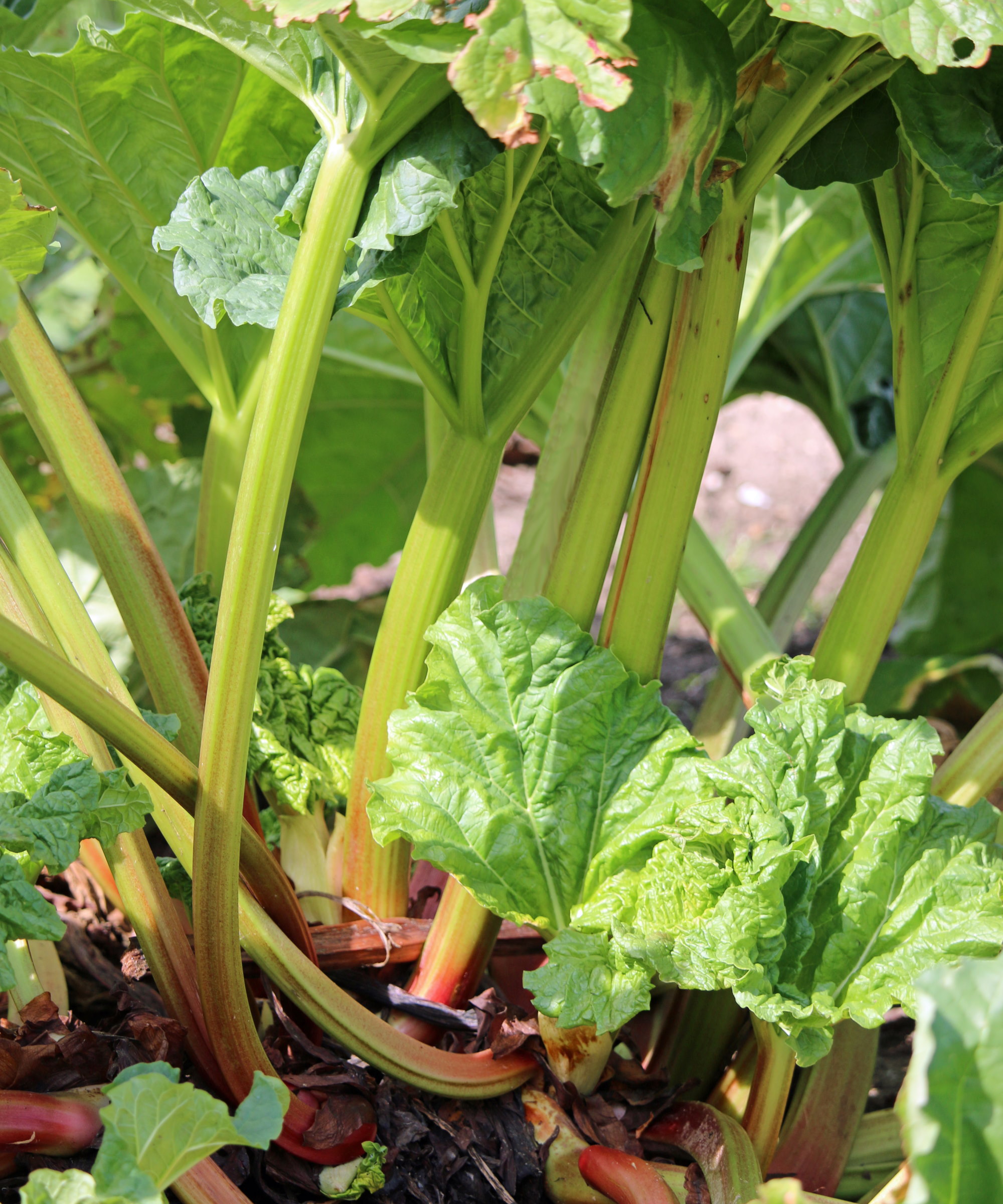
Can you grow rhubarb from seed?
You can grow rhubarb from seed, however, there are pros and cons to this method of propagation.
Sowing seeds is budget-friendly, but it is not the easiest method of growing rhubarb, and you must wait several years to start harvesting rhubarb.
The quickest way is to plant rhubarb crowns, which can give you a harvest after only a year, compared to at least three for seed-grown rhubarb. Dividing plants is also a common way to propagate, and is ideal if you want an exact clone of established crowns.
Despite the drawbacks, growing rhubarb from seed can be simple and enjoyable. If you are happy to be patient or want to enjoy a growing experiment, below are my tips to help you get started.
You can sow seeds indoors or outdoors, and the timing can depend on your US hardiness zone, as climates impact how rhubarb is cultivated. Here, we look at how to germinate seeds both indoors and outdoors.
If you live in US hardiness zones 8 and below, rhubarb can grow as a perennial vegetable. The seeds are sown in spring and, after waiting for that first harvest, you can enjoy picking stems for many years.
Growers in US hardiness zones 9 and above grow it as an annual plant and get one harvest, as rhubarb does not like heat. The crop is grown from seeds sown outdoors in late summer in hotter climates.
How to grow rhubarb from seed indoors
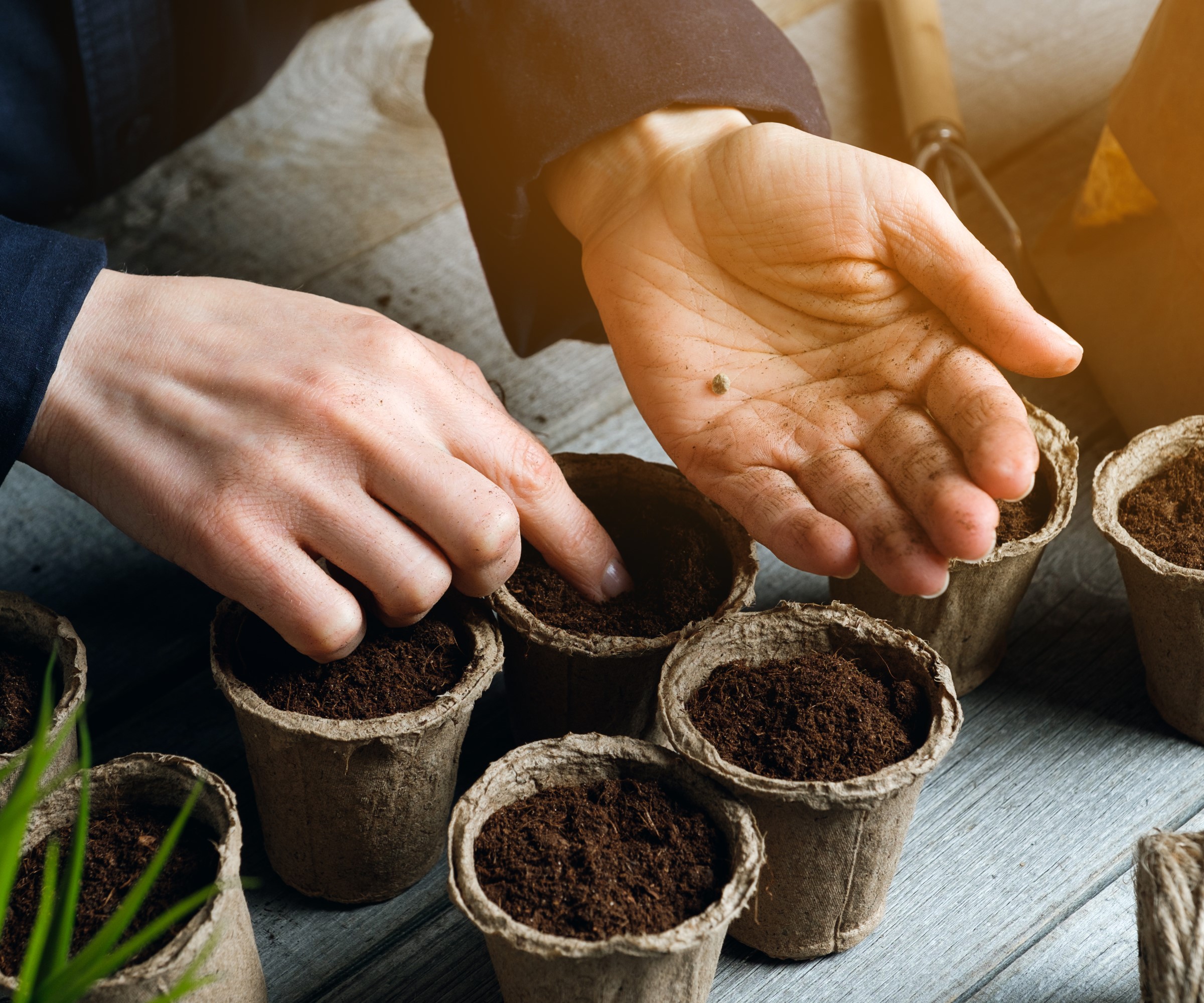
Sow seeds indoors in early spring and germinate them in a greenhouse or warm windowsill. If you soak seeds before planting for a few hours, it can benefit germination, though this is not essential.
Fill trays, modules, or small individual pots with a potting mix designed for seeds - this is always the best soil to start seeds in, rather than old potting soil or soil from the garden.
Sow seeds a half-inch deep in the soil and cover with a thin layer of compost or vermiculite, taking care not to plant them too deep, as it will inhibit germination. Moisten the soil and place the container in a warm and bright spot where it can get temperatures of 65-75°F.
Keep the soil moist, but not waterlogged, and the seedlings should appear within a couple of weeks. Pot up seedlings when they have developed true leaves that are large enough to handle, and transplant seedlings out into the kitchen garden after the last frosts.
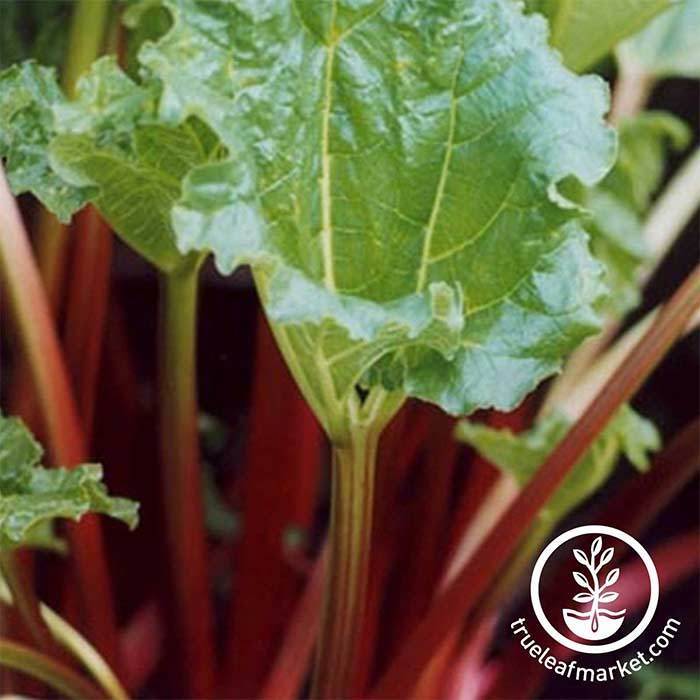
Rhubarb 'Victoria' is the classic variety I grew from seed as a professional gardener. 'Victoria' produces large stalks of sweet rhubarb and can live for up to 15 years in zones 4-8.
How to grow rhubarb from seed outdoors
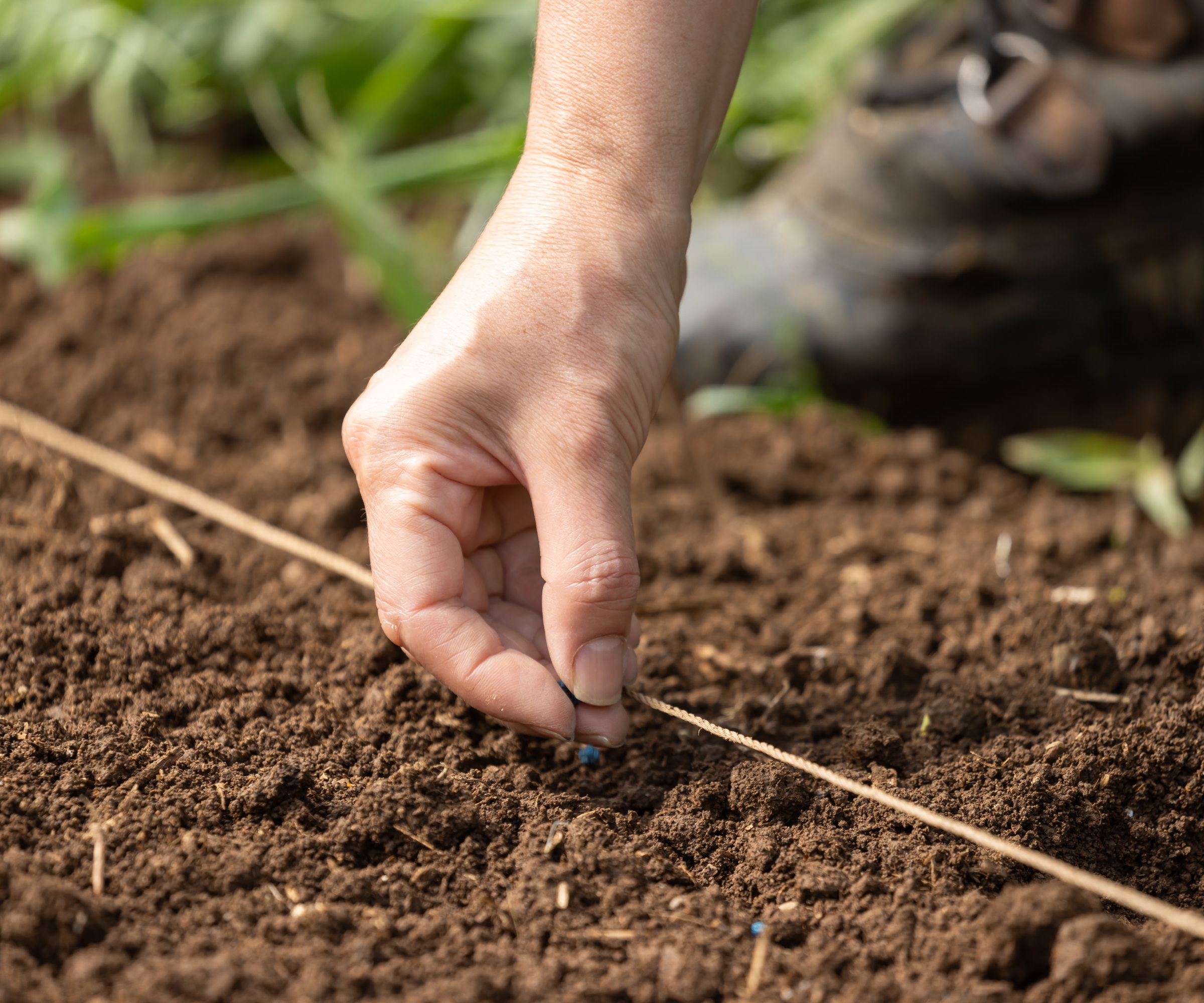
The soil temperature needs to reach at least 60°F to sow seeds outdoors successfully. Sowing into cold and wet soil would be a seed sowing mistake and risks the seeds not germinating or rotting in the ground.
In US hardiness zones 8 and below, wait until the risk of frosts has ended and use a soil thermometer, available at Amazon, to check the time is right for sowing. In US hardiness zones 9 and above, the soil will be more than warm enough when you sow in late summer or early fall.
Prepare the bed by thoroughly weeding it and raking the ground level. Adding organic matter, such as compost or well-rotted manure, will boost the fertility and moisture-holding capacity of the soil to help rhubarb plants as they grow.
Sow seeds a half-inch deep and at least six inches apart in rows that are around five feet apart. Keep the soil moist and thin seedlings to at least two feet apart as they develop.
One of the drawbacks to sowing seeds outdoors is the increased risk of extreme weather and damage from slugs or snails. Covering the area with cloches can retain warmth and protect against heavy rains, while surrounding seedlings with rough surfaces or using beer traps can be effective slug control methods.
FAQs
How long does it take to grow rhubarb from seed?
Rhubarb are quick-developing plants. The seeds will take 1-2 weeks to germinate, and early spring-sown plants can be large enough to go outside, after hardening off, in late spring or early summer.
The plants do not need fertilizer for the first year spent outdoors, but will benefit from fertilizing twice a year from year two onwards. Give rhubarb plants a nitrogen-rich fertilizer in spring and a phosphorus-rich fertilizer in fall for healthy development.
You can harvest the odd few stems in the second year, but it is better to wait until the third year to start picking. From the third season onwards, you can enjoy harvesting rhubarb for a wide variety of sweet or savory dishes.
Once rhubarb crowns are well-established, you can start to grow forced rhubarb for earlier and sweeter stems each year.
Forcing is done by covering the crowns with a forcing pot, bin, bucket or box in late winter to block out any light. It encourages the growth of paler, sweeter stems.
Forcing vegetables like rhubarb is only suitable for strong, healthy, established plants and should not be done every year to the same crown.
Sign up to the Homes & Gardens newsletter
Design expertise in your inbox – from inspiring decorating ideas and beautiful celebrity homes to practical gardening advice and shopping round-ups.

Drew’s passion for gardening started with growing vegetables and salad in raised beds in a small urban terrace garden. He has worked as a professional gardener in historic gardens and specialises in growing vegetables, fruit, herbs, and cut flowers as a kitchen gardener. That passion for growing extends to being an allotmenteer, garden blogger, and producing how-to gardening guides for websites. Drew was shortlisted for the New Talent of the Year award at the 2023 Garden Media Guild Awards.
You must confirm your public display name before commenting
Please logout and then login again, you will then be prompted to enter your display name.
-
 I thought I was over white kitchens, but Brooke Shields' cabinets reminded me why it's a truly timeless color choice
I thought I was over white kitchens, but Brooke Shields' cabinets reminded me why it's a truly timeless color choiceThe actress' cabinets pair seamlessly with a blue-painted accent wall, proving that this neutral shade is ever-versatile
By Hannah Ziegler
-
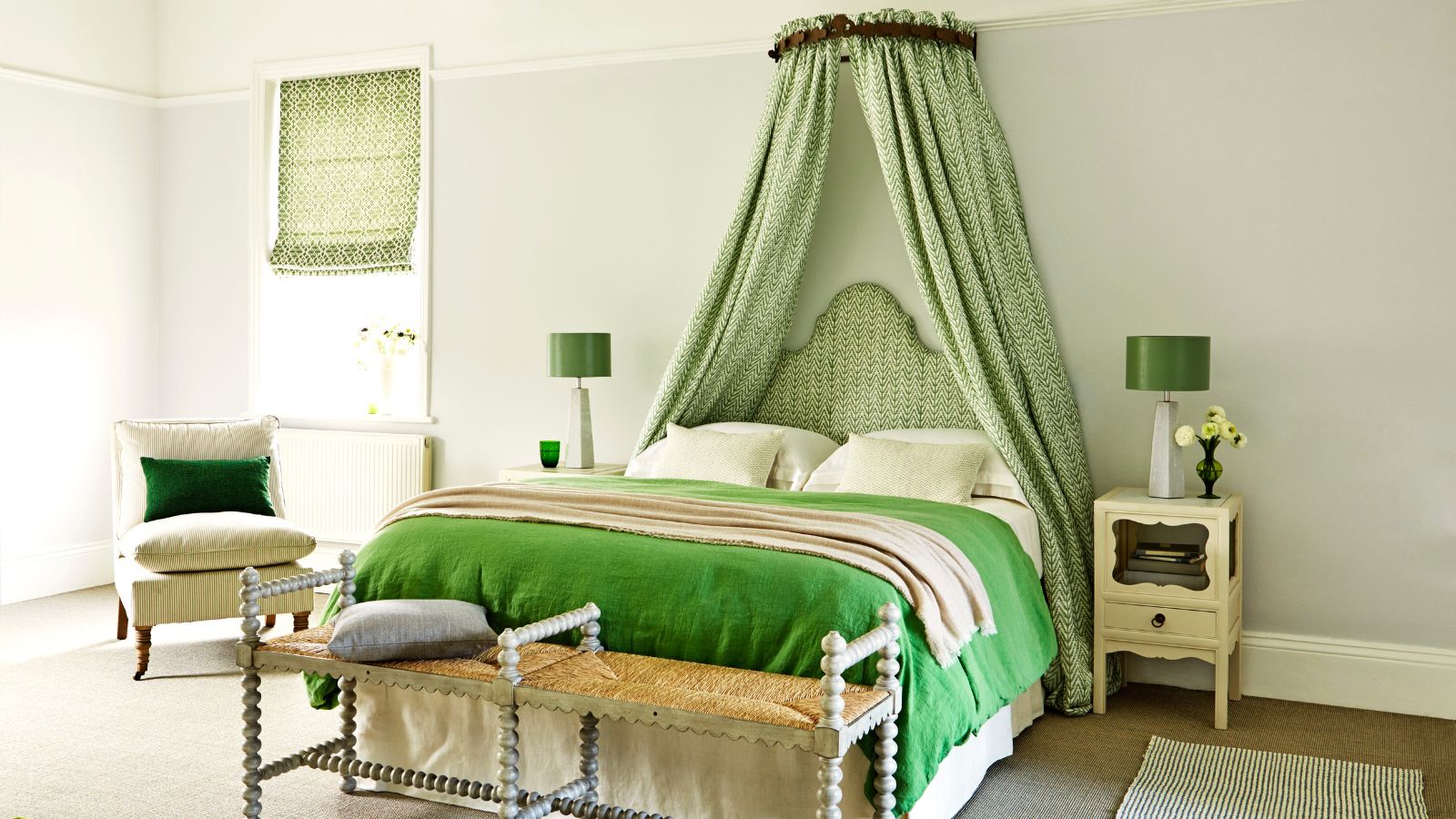 I'm an expert vacuum tester, and no, you really don't need a mattress vacuum – here's what to use instead
I'm an expert vacuum tester, and no, you really don't need a mattress vacuum – here's what to use insteadBefore investing in a new gadget, the tried-and-true methods still work
By Dan Fauzi
-
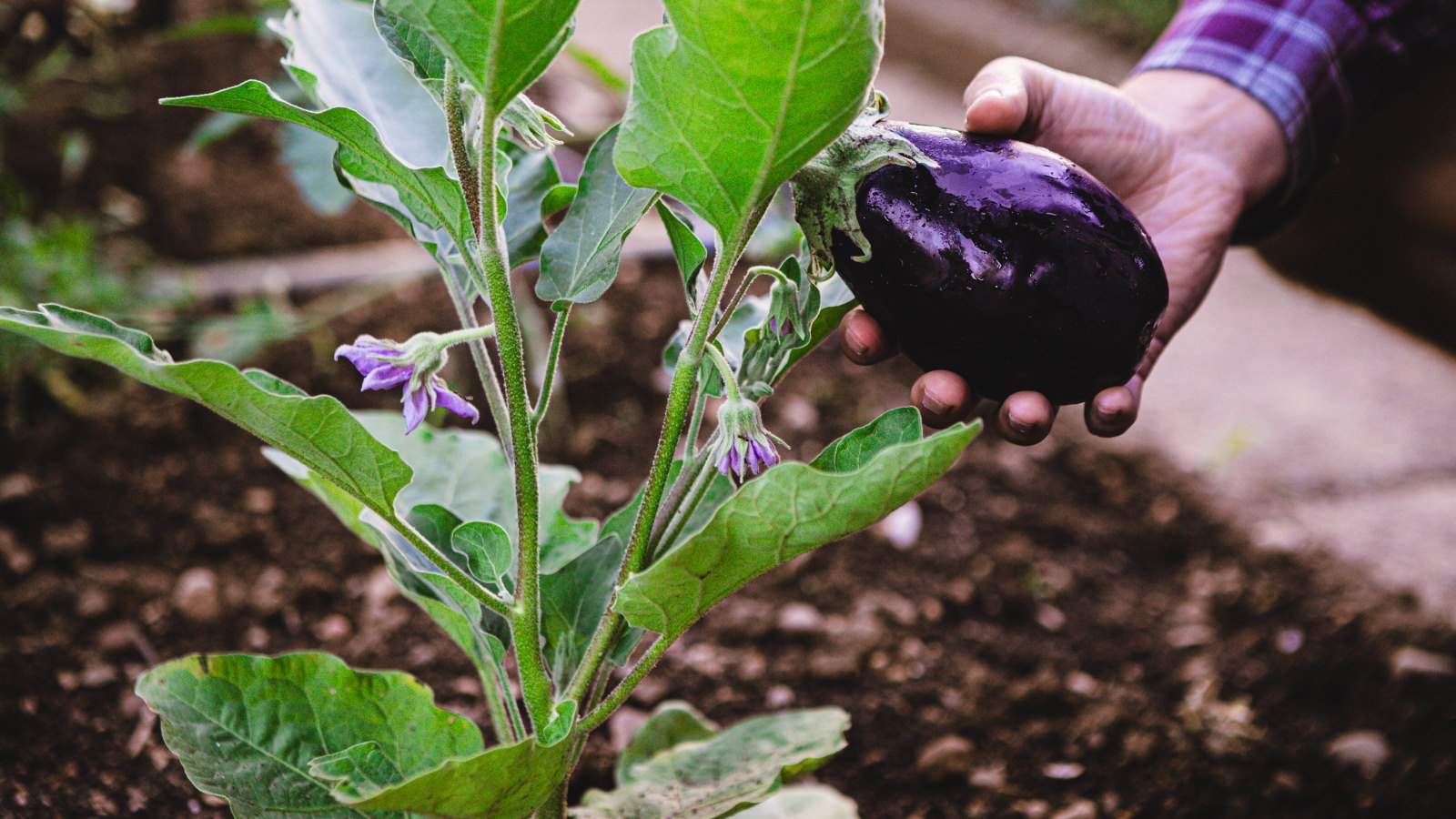 How to choose eggplant companion plants for abundant and healthy harvests – we reveal 7 of the best to pick, plus the ones to avoid
How to choose eggplant companion plants for abundant and healthy harvests – we reveal 7 of the best to pick, plus the ones to avoidDiscover some beneficial vegetables, herbs, and flowers to grow with eggplant
By Drew Swainston
-
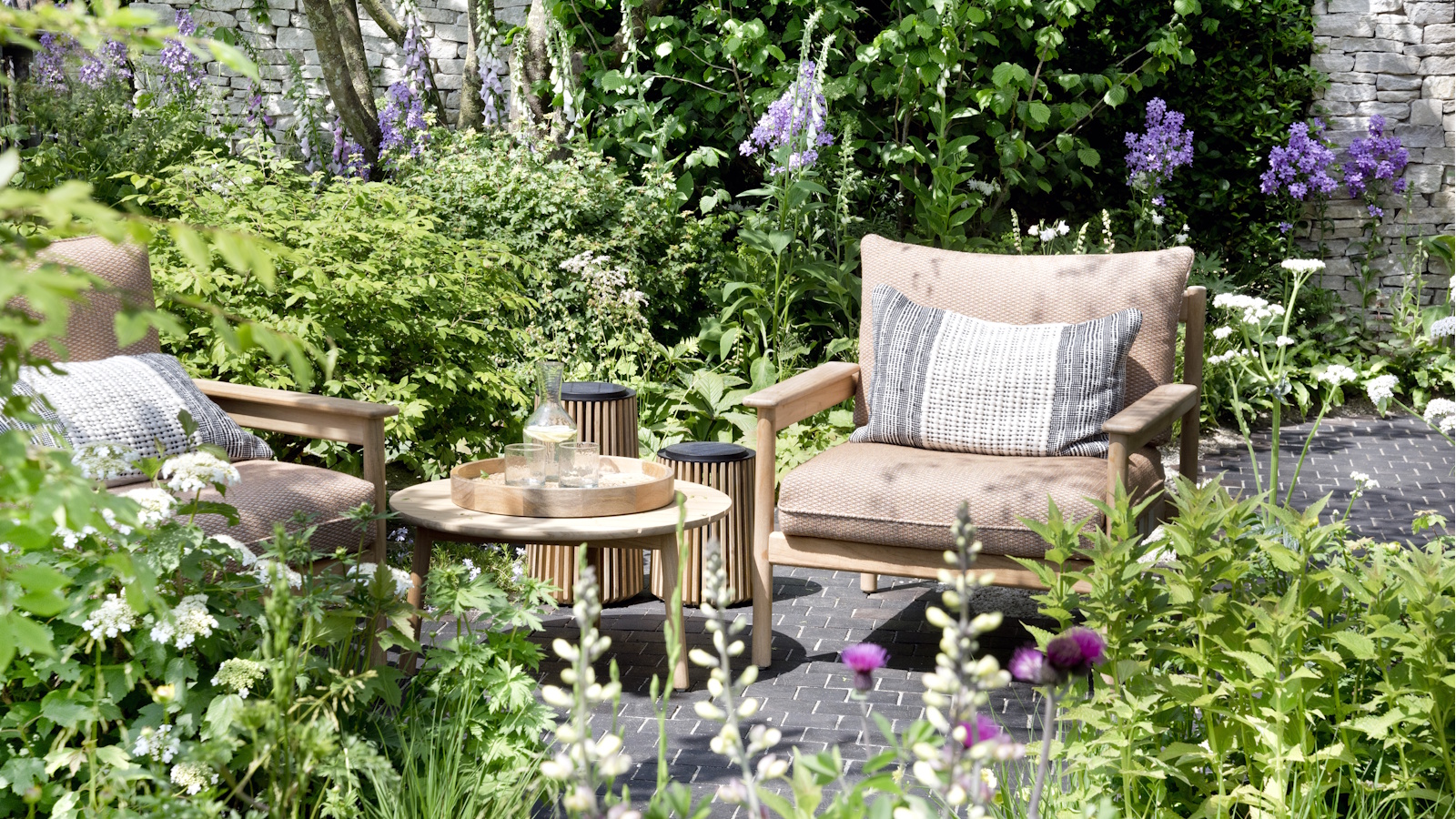 This $20 pop-up greenhouse from ALDI is perfect for small yards – it will turbocharge your tomato harvests this summer
This $20 pop-up greenhouse from ALDI is perfect for small yards – it will turbocharge your tomato harvests this summerEasy to use and compact to store, pop-up greenhouses are ideal for patio or balcony gardeners
By Thomas Rutter
-
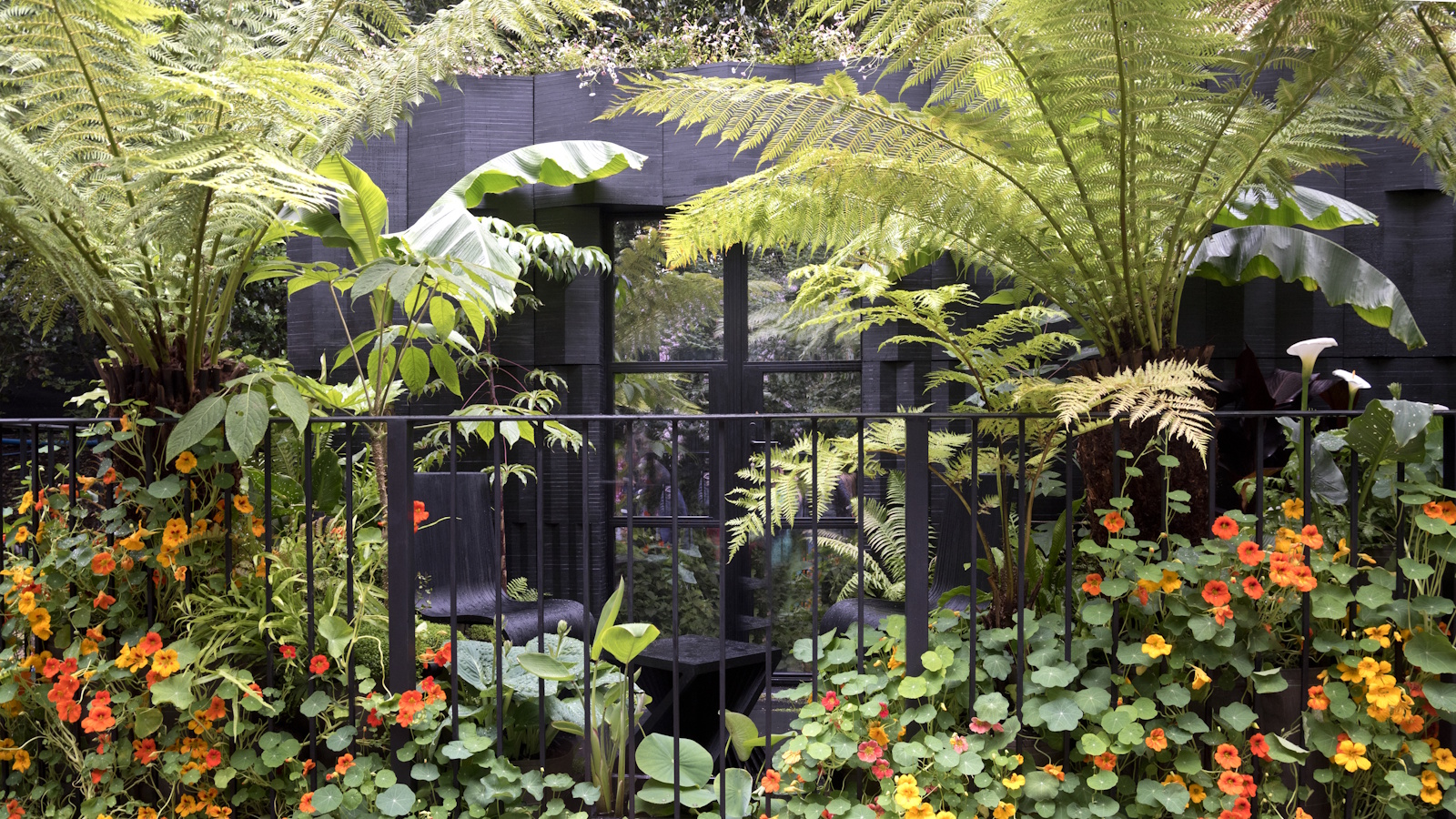 Small yard but want to grow your own crops? This wooden cold frame is 40% off at Wayfair – and it's perfect for tiny patios and apartments
Small yard but want to grow your own crops? This wooden cold frame is 40% off at Wayfair – and it's perfect for tiny patios and apartmentsCold frames are a sensible investment for any gardeners struggling for space on balconies, backyards or patios
By Thomas Rutter
-
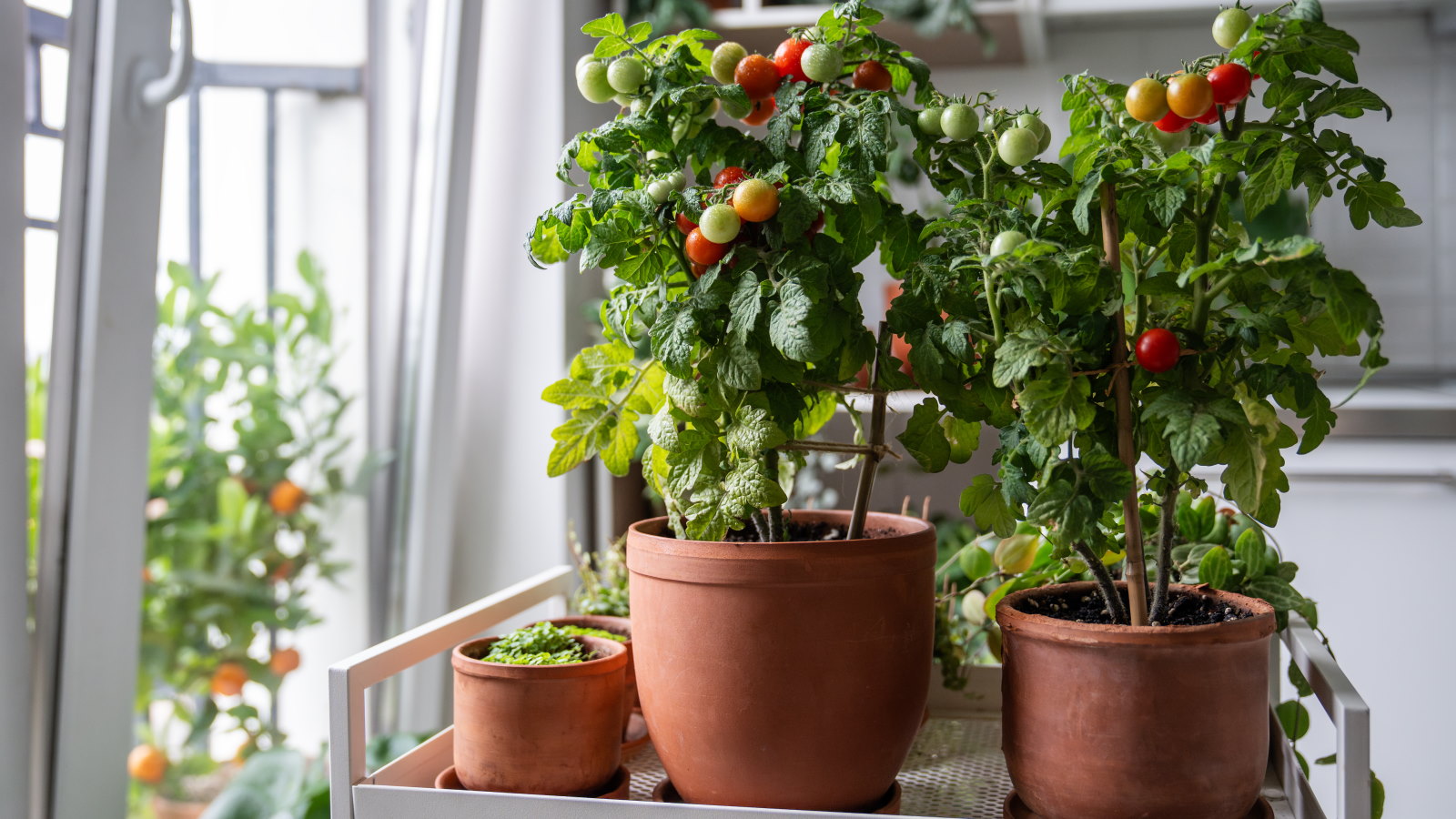 7 of the best tomatoes for growing in pots – expert growers pick their top varieties ideal for large harvests from containers
7 of the best tomatoes for growing in pots – expert growers pick their top varieties ideal for large harvests from containersYou can enjoy bumper homegrown harvests in small spaces
By Drew Swainston
-
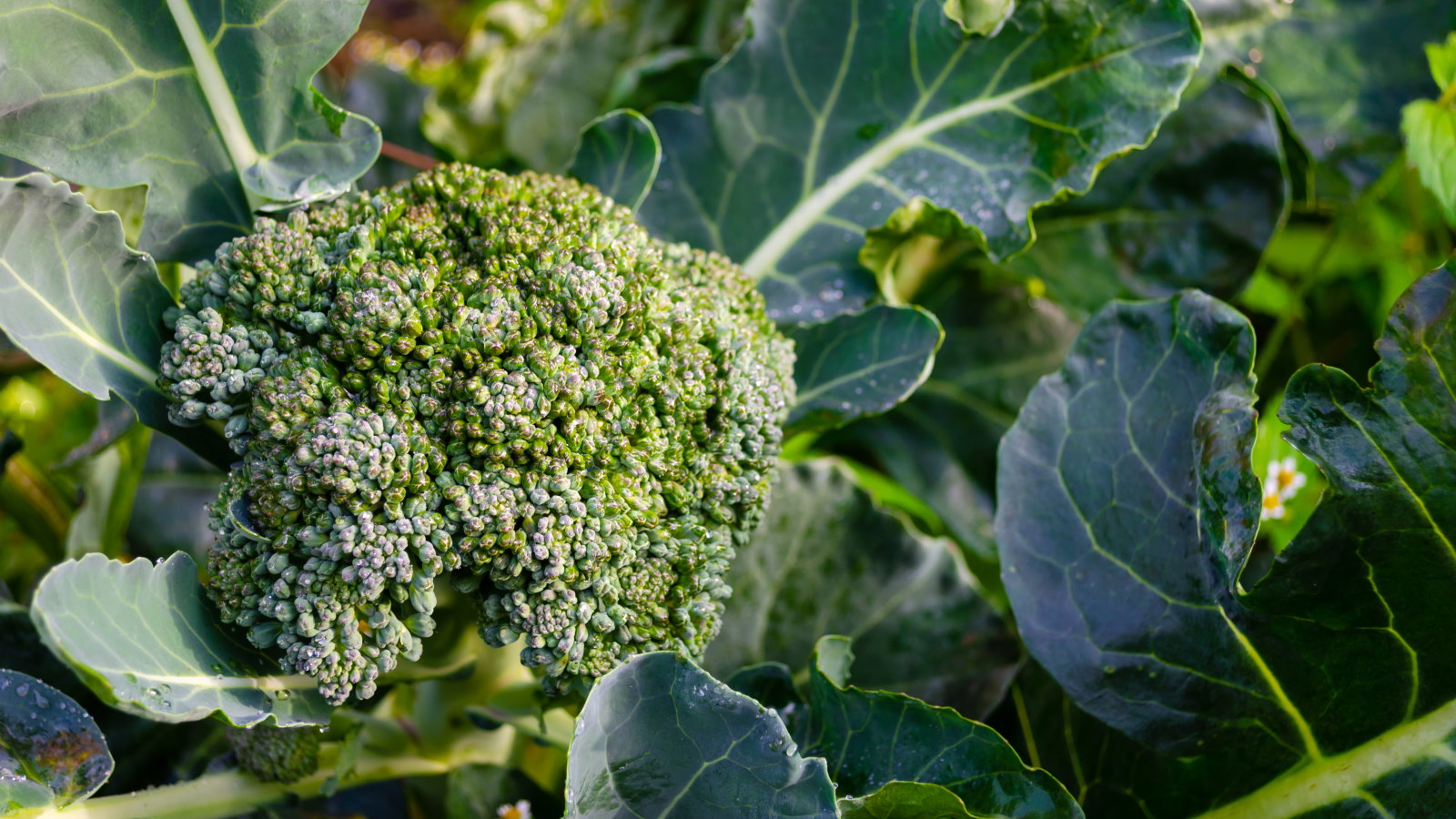 These 5 plants can help you get the best, and potentially tastiest, broccoli ever – discover what to plant with broccoli, and what to avoid
These 5 plants can help you get the best, and potentially tastiest, broccoli ever – discover what to plant with broccoli, and what to avoidOur selection of vegetables, herbs, and flowers is perfect for companion planting with broccoli
By Drew Swainston
-
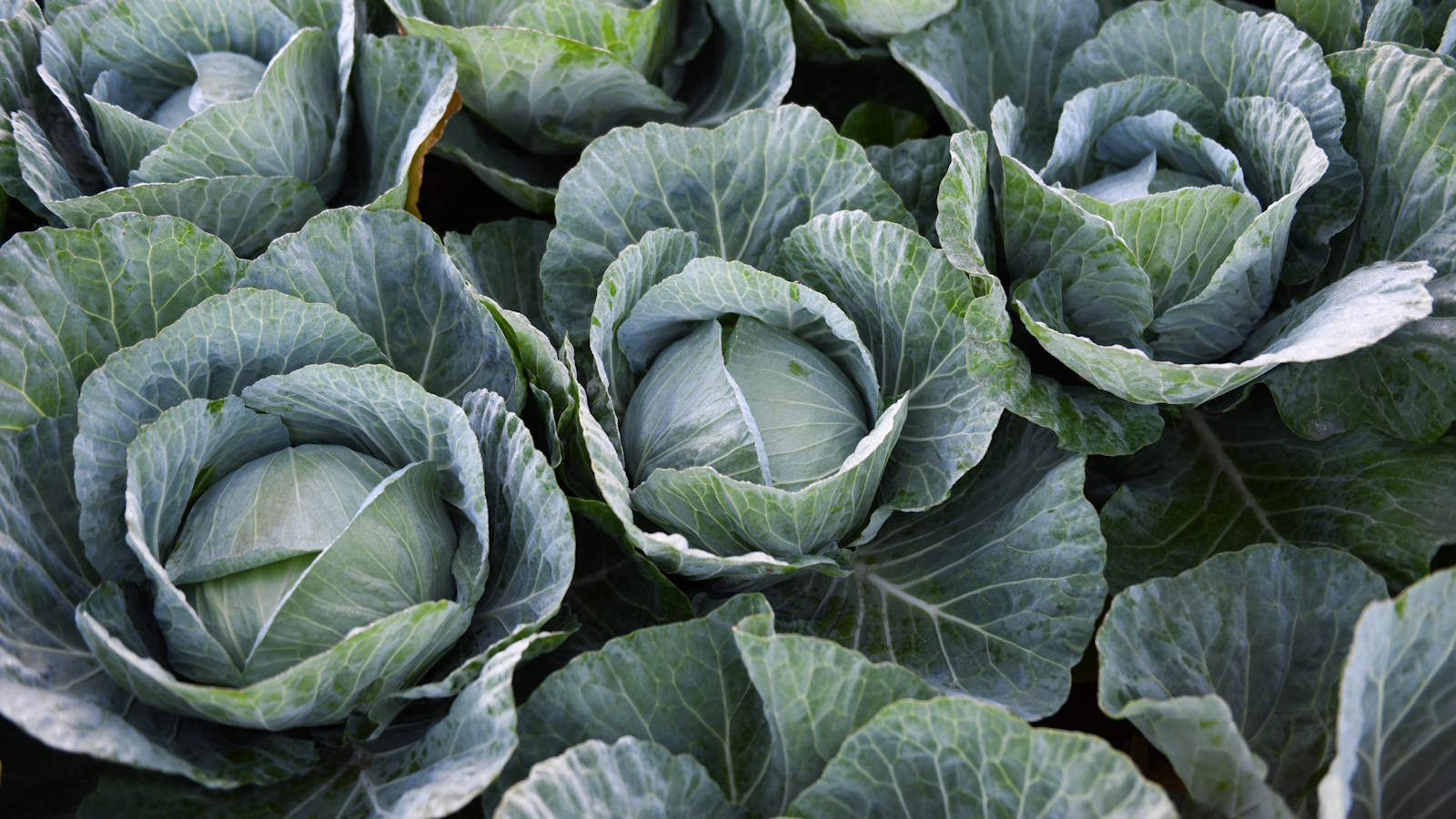 How to grow cabbages in containers – expert tips for top harvests in small urban spaces
How to grow cabbages in containers – expert tips for top harvests in small urban spacesYou can grow lots of different cabbages in pots, troughs, grow bags, or buckets
By Drew Swainston
-
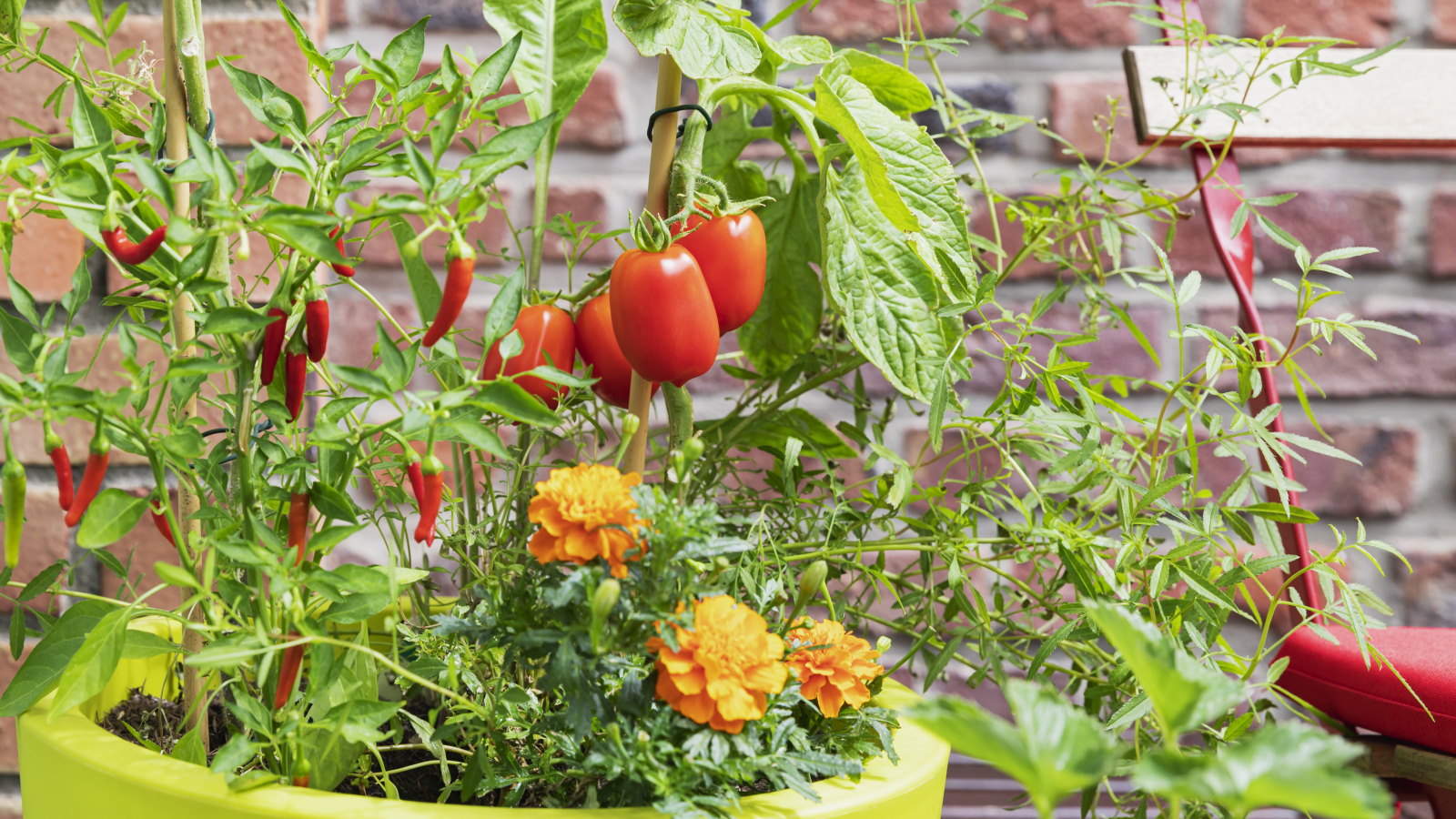 You'll get the best homegrown tomato crops if you plant them next to this one flower – discover why these two are a dream combination
You'll get the best homegrown tomato crops if you plant them next to this one flower – discover why these two are a dream combinationYour tomato plants will be pest-free and covered in fruits
By Drew Swainston
-
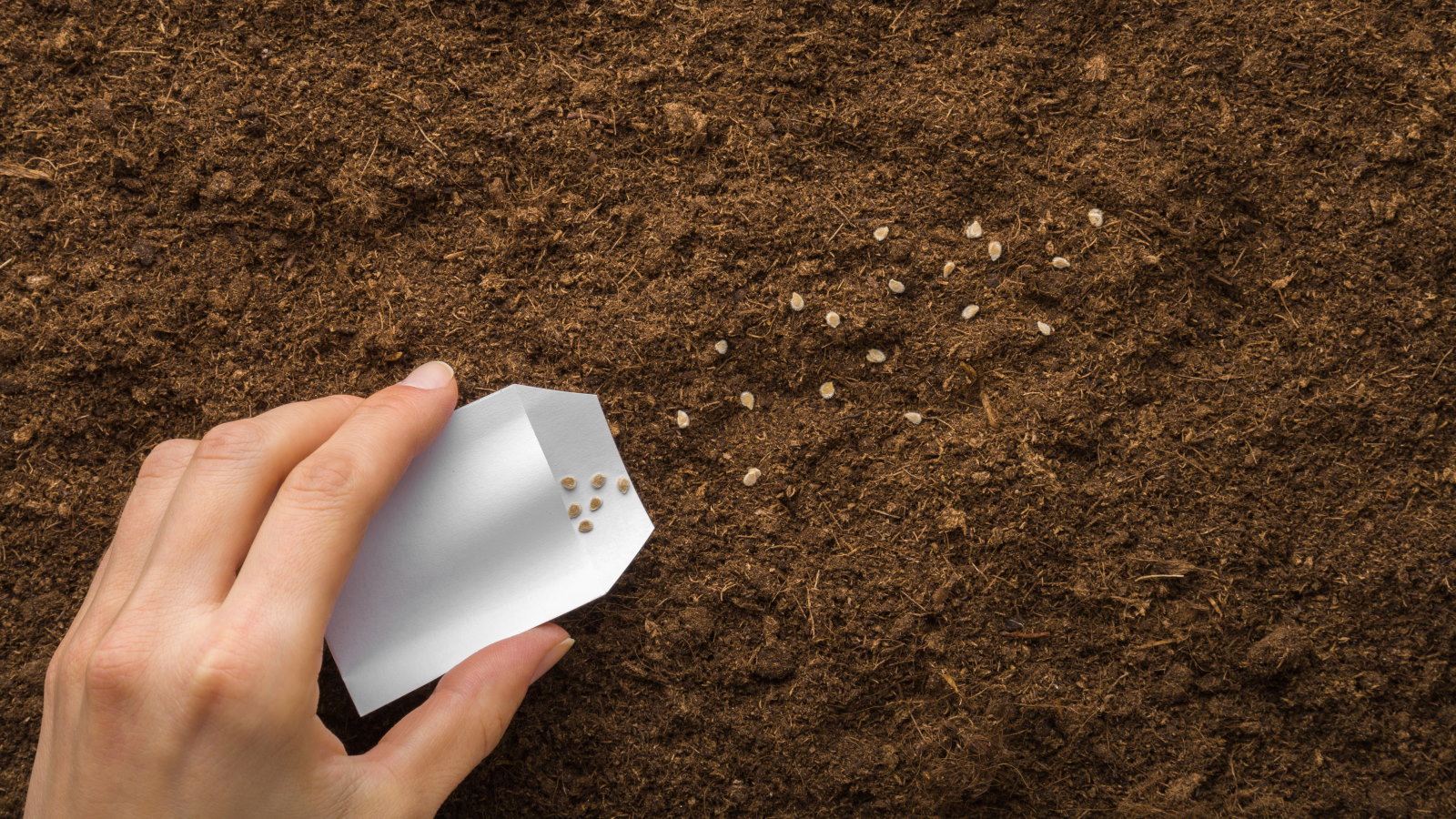 Direct sowing vs transplanting – our grow-your-own expert advises which is best, and shares 5 veggies you should always sow directly
Direct sowing vs transplanting – our grow-your-own expert advises which is best, and shares 5 veggies you should always sow directlyBoth approaches to sowing vegetables have pros and cons
By Drew Swainston
